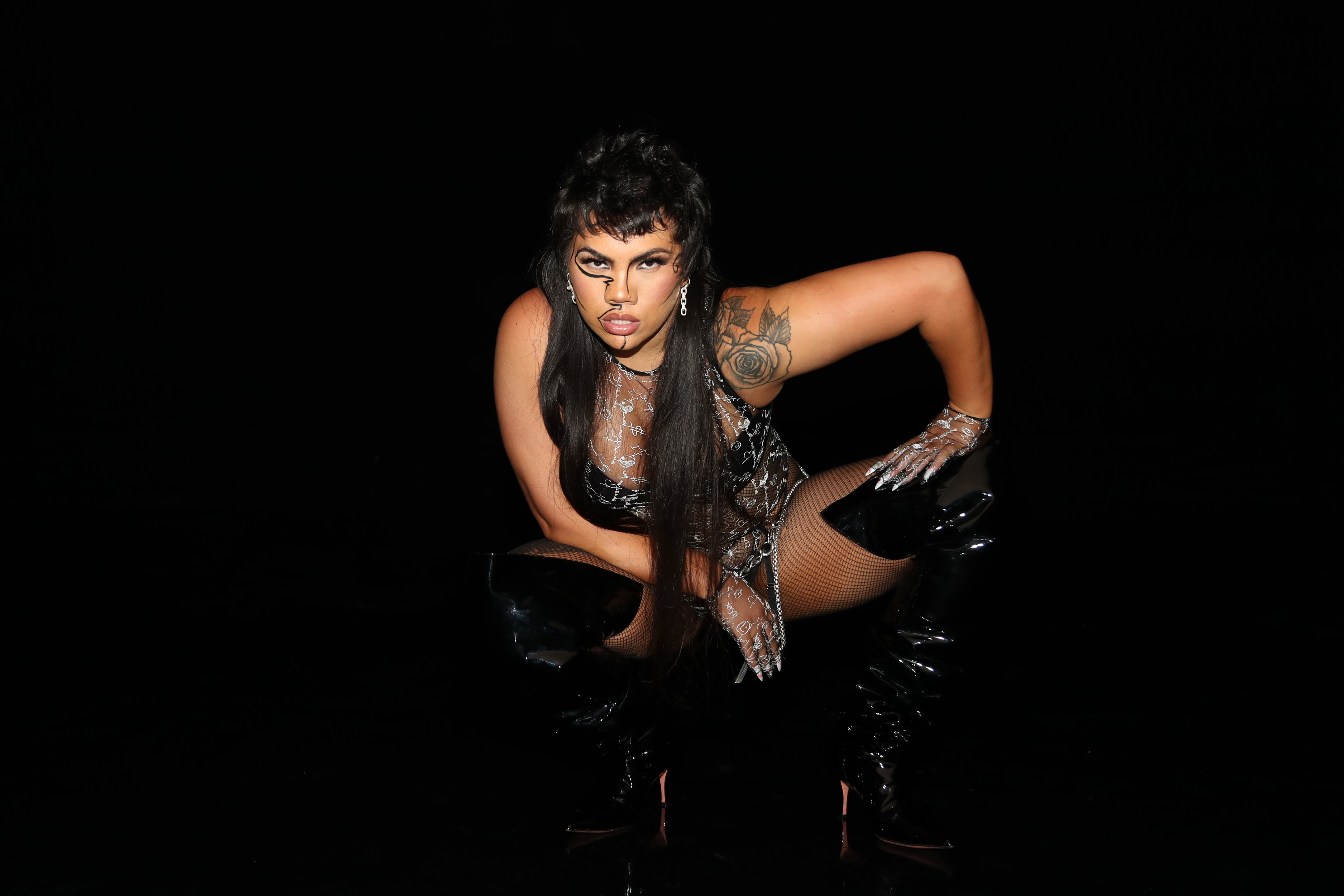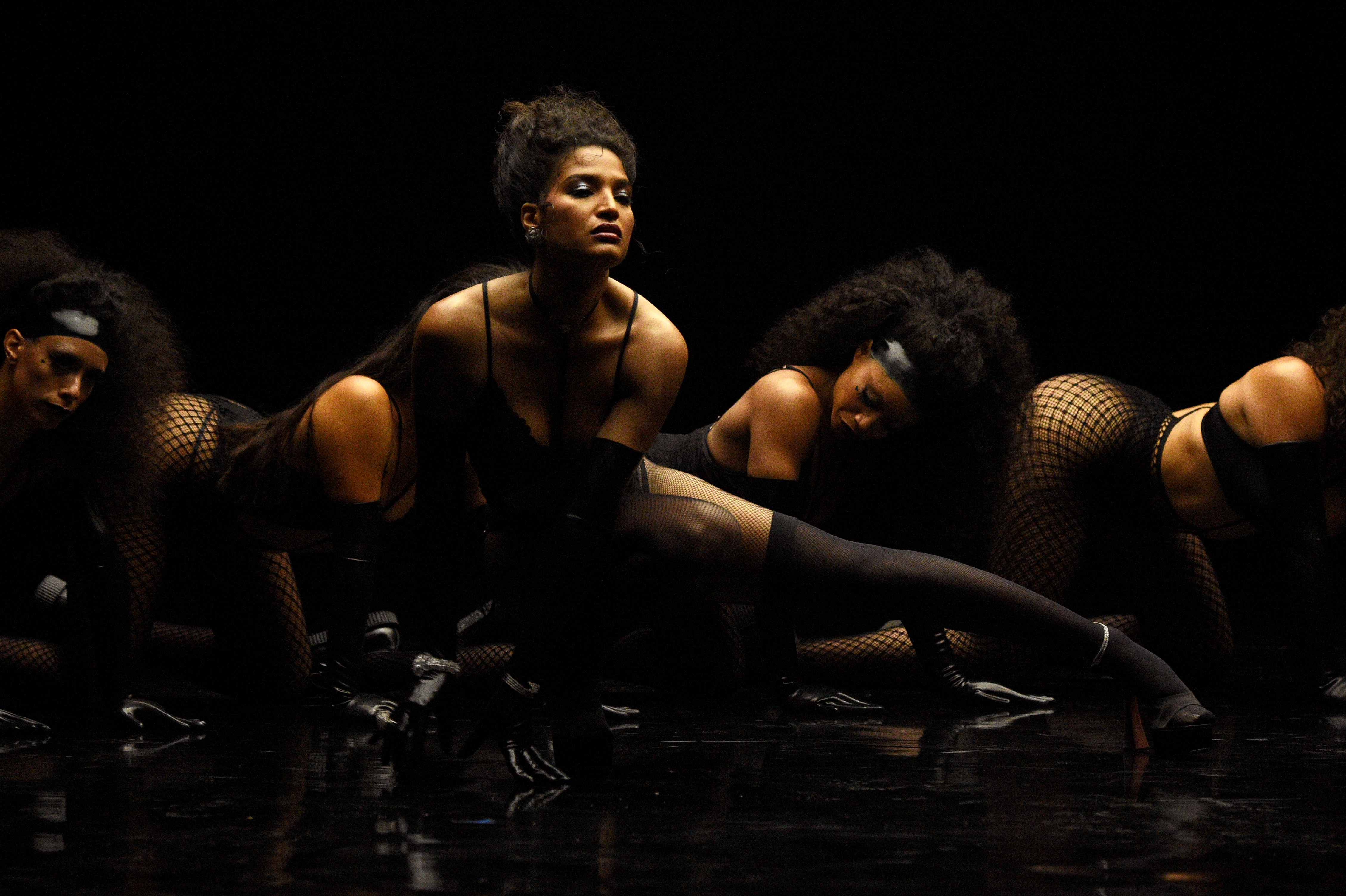

When I was sent to cover the Victoria’s Secret Fashion Show in 2018, I had no idea that I was witnessing the last-ever self-proclaimed ‘runway extravaganza’ by the lingerie giant. As people had been saying for years, if Victoria’s Secret didn’t catch up with the times, they would become irrelevant. And despite a two-minute montage of the brand’s Angels declaring how empowered they felt (Victoria’s Secret’s way of attempting to silence those who deemed the show gross), watching Australia’s Shanina Shayk walk down the runway wrapped up like a present for the 60-something white men in the front row really didn’t sit right. When you’re in the room, watching suited up CEOs standing and clapping as young models – a friend of mine, New Zealand model Maia Cotton, was 19 at the time and celebrated for being one of the two ‘curvy’ models, despite wearing size eight in clothing (US size 4) – the whole thing feels pretty icky and the veil that Victoria’s Secret promotes with its big-name musicians and cut-tos of models dancing and smiling melts away. Of course, this was where the brand’s former Chief Marketing Officer Ed Razek proudly denounced trans models backstage, leading to his too-little-too-late departure and vastly contributing to the quiet disappearance of the Victoria’s Secret Fashion Show.
Just two months prior, people who felt like they were screaming at a hot pink, angel-winged brick wall, finally saw a glimpse at what they had been asking for. But not from Victoria’s Secret. Rihanna, who launched her Savage x Fenty lingerie line in May 2018, held the brand’s first-ever runway show as part of New York Fashion Week, giving the world the diverse, boundary-breaking show it needed. But it was what she did in 2019 and again, bigger and better, just five days ago, that cemented Savage x Fenty as the top of the lingerie game: merging Rihanna’s two passions – fashion and music – into what can only be described as an interactive art exhibition.
Savage x Fenty Volume Two, which you would have seen all over your Instagram feed over the weekend, included musicians Lizzo, Normani, Rosalía and Travis Scott, actors Laura Harrier, Indya Moore and Demi Moore, and models Cara Delevingne, Bella Hadid and Irina Shayk. But something you might’ve missed is that the incredible performance was choreographed for the second time by New Zealand dancer Parris Goebel.

In recent years, Goebel has done it all: she’s worked with Justin Bieber, Janet Jackson, Ariana Grande, Ciara, Nicki Minaj, Sam Smith and was behind Jennifer Lopez’s incredible Superbowl performance this year. She first worked with Rihanna at the 2016 MTV Music Video Awards, then again for the 2018 Grammy Awards and now all three Savage x Fenty shows. Despite shoutouts from Lizzo, Bella Hadid – who thinks it’s “Parris’ world and we’re just living in it” – and a literal video of Rihanna saying to Goebel there’s “no one else” she wants to run the show, the New Zealand media has been pretty quiet about the Polynesian woman from Auckland killing it on the global stage.
Over the weekend, Goebel shared a message on Instagram calling out New Zealand media for their lack of coverage of the event, despite Savage x Fenty Volume Two including nine dancers of Māori and Polynesian descent. “Some of my girls were as young as 18. They are the voice of our youth and they are living their dreams,” she wrote on Instagram stories. “We work so hard to break the cycle yet you don’t want to celebrate our wins.” Goebel noted that when something bad happens to herself or to others of indigenous and Polynesian descent in New Zealand, the media jumps on it, happily reinforcing stereotypes that have contributed to the country’s problem with racism forever. But when something good happens, Māori and Polynesians are, for the most part, met with silence.
Just as it’s important to educate yourself on anti-racism and learn about the horrible treatment of indigenous people that carries on to this day – Māori women are still the most incarcerated group of indigenous women in the world and the life expectancy of indigenous New Zealanders is on average 10 years less than non-indigenous New Zealanders – it’s equally important to celebrate wins, to read stories, watch films and, in this case, fashion shows, that show joy, happiness and success, and to see indigenous people as not only human, but humans who are representing their country on the world stage.














